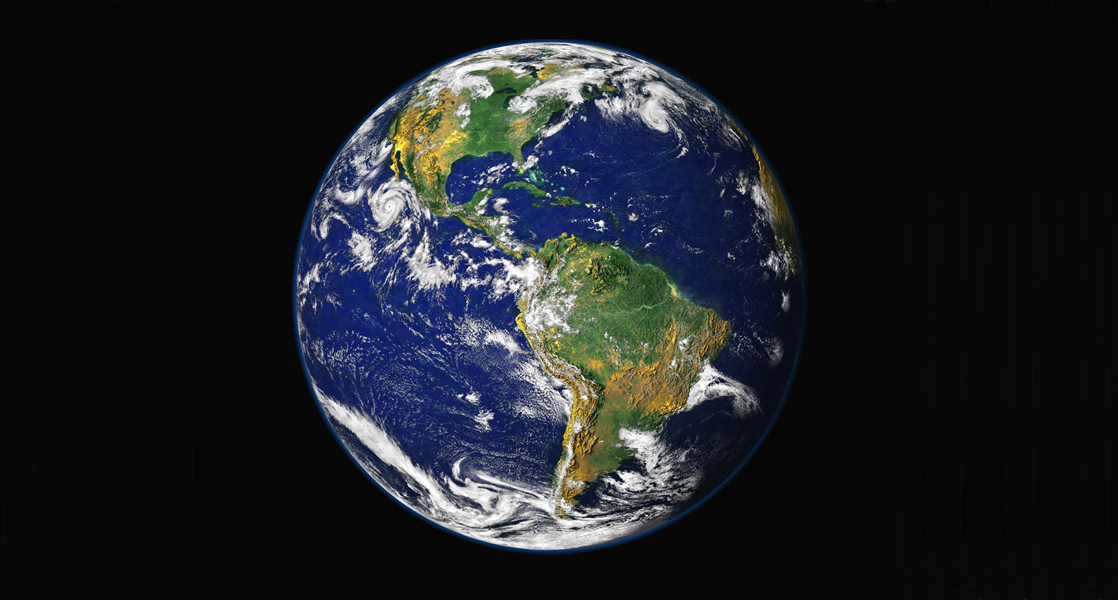
|

1.1 The study of life Read Online

Viewed from space, Earth offers no clues about the diversity of life forms that reside there. The first forms of life on Earth are thought to have been microorganisms that existed for billions of years in the ocean before plants and animals appeared. The mammals, birds, and flowers so familiar to us are all relatively recent, originating 130 to 200 million years ago. Humans have inhabited this planet for only the last 2.5 million years, and only in the last 200,000 years have humans started looking like we do today.
Chapter7: Cellular Respiration
7.1 Energy in Living Systems
7.2 Glycolysis
7.3 Oxidation of Pyruvate and the Citric Acid Cycle
7.4 Oxidative Phosphorylation
7.5 Metabolism without Oxygen
7.6 Connections of Carbohydrate, Protein, and Lipid Metabolic Pathways
7.7 Regulation of Cellular Respiration
Question: A major connection for sugars in glycolysis is ________.
Choices:
glucose-6-phosphate
fructose-1,6-bisphosphate
dihydroxyacetone phosphate
phosphoenolpyruvate
Question: The energy currency used by cells is ________.
Choices:
ATP
ADP
AMP
adenosine
Question: During the second half of glycolysis, what occurs?
Choices:
ATP is used up.
Fructose is split in two.
ATP is made.
Glucose becomes fructose.
Question: What compound receives electrons from NADH?
Choices:
FMN
ubiquinone
cytochrome c1
oxygen
Question: A reducing chemical reaction ________.
Choices:
reduces the compound to a simpler form
adds an electron to the substrate
removes a hydrogen atom from the substrate
is a catabolic reaction
Question: How many NADH molecules are produced on each turn of the citric acid cycle?
Choices:
one
two
three
four
Question: What do the electrons added to NAD+ do?
Choices:
They become part of a fermentation pathway.
They go to another pathway for ATP production.
They energize the entry of the acetyl group into the citric acid cycle.
They are converted to NADP.
Question: Chemiosmosis involves ________.
Choices:
the movement of electrons across the cell membrane
the movement of hydrogen atoms across a mitochondrial membrane
the movement of hydrogen ions across a mitochondrial membrane
the movement of glucose through the cell membrane
Question: GTP or ATP is produced during the conversion of ________.
Choices:
isocitrate into a-ketoglutarate
succinyl CoA into succinate
fumarate into malate
malate into oxaloacetate
Question: Which of the following fermentation methods can occur in animal skeletal muscles?
Choices:
lactic acid fermentation
alcohol fermentation
mixed acid fermentation
propionic fermentation
Question: What is removed from pyruvate during its conversion into an acetyl group?
Choices:
oxygen
ATP
B vitamin
carbon dioxide